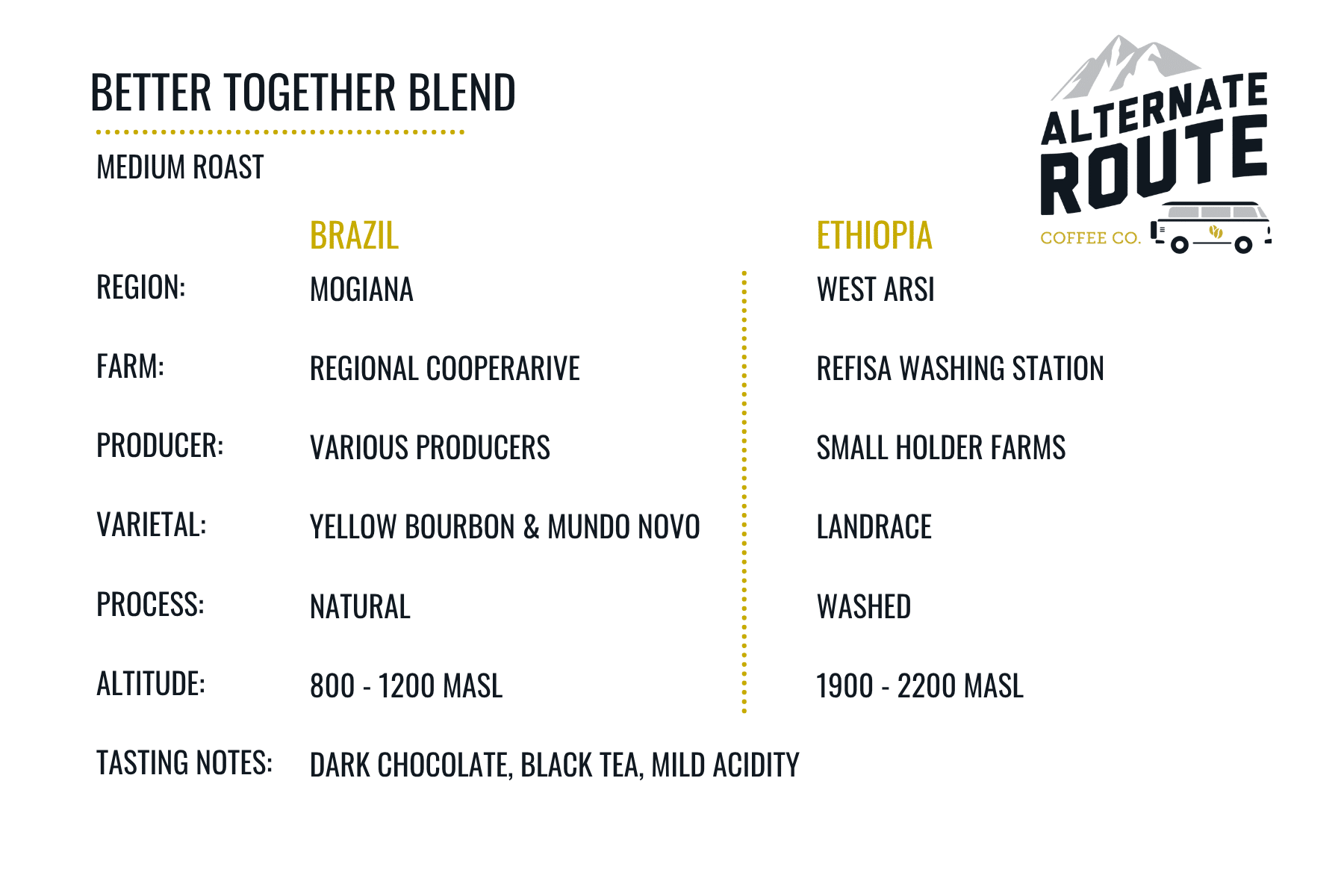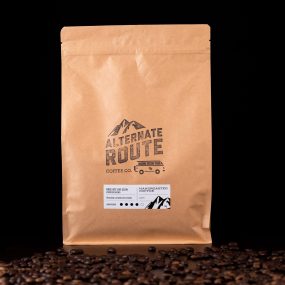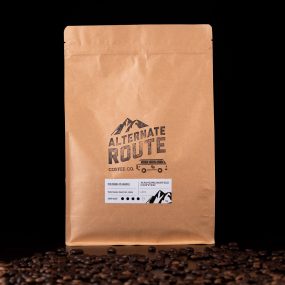Coffee Background (Brazil)
As the world’s largest coffee producer, Brazilian lots often come from larger estates that use highly mechanized processing strategies to manage larger volumes. The Mogiana region, split between the states of São Paulo and Minas Gerais, is the most renowned of three major Brazilian growing regions. This region has rolling hills and uneven terrain lending to farms that are small to medium in size. This particular lot comes from a farms that average 60 acres in size. Our current offering is Fine Cup (FC), the highest cup category in the Brazilian coffee grading.
Coffee Background (Ethiopia)
Sidamo coffees offer a profound complexity that many attribute to the diversity of local landrace varieties. Varieties can differ from town to town, and even farm to farm, with growers often boasting a unique variety seldom found outside of their own plot of land, if at all. When all of these different varieties are combined at the local cooperative (or washing station), the resulting blend expresses the complexity of the plant genetics in the area. Farming methods in Sidamo remain largely traditional. Producers typically intercrop their coffee plants with other food crops. This method allows smallholders to optimize their land use and provide food for their families. In addition to intercropping, most farms are organic by default (fertilizers and pesticides are rarely utilized). Most farm work is carried out manually; very few tasks are mechanized, even during processing.











